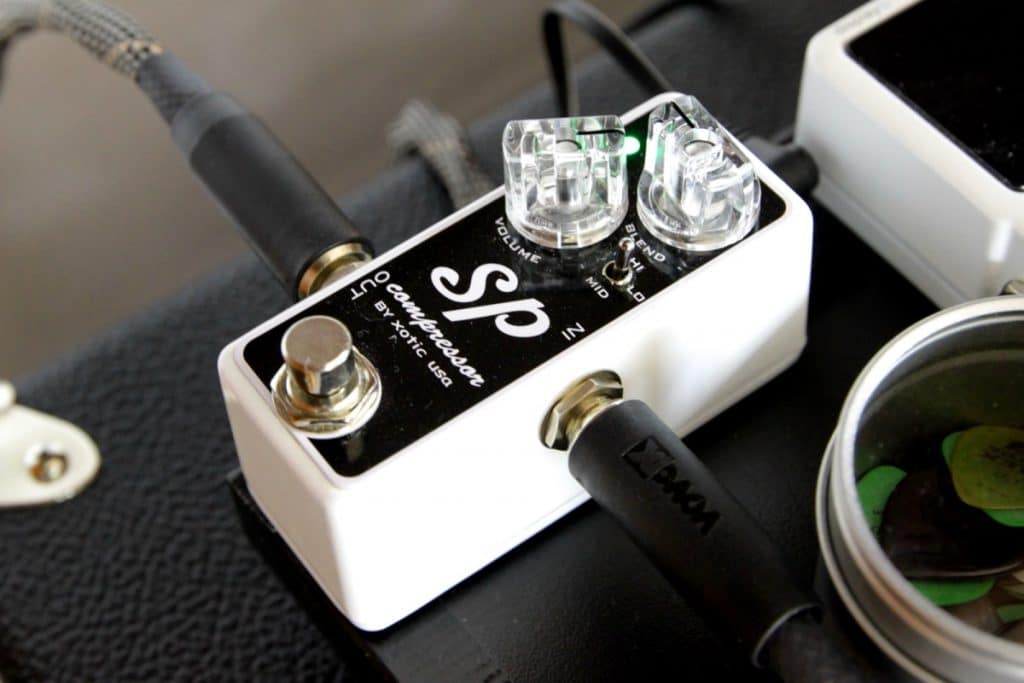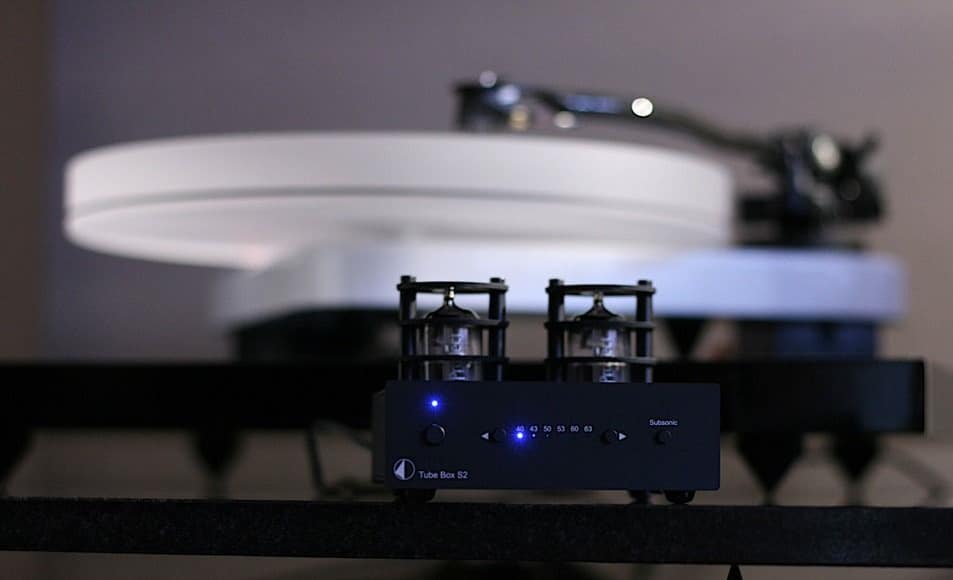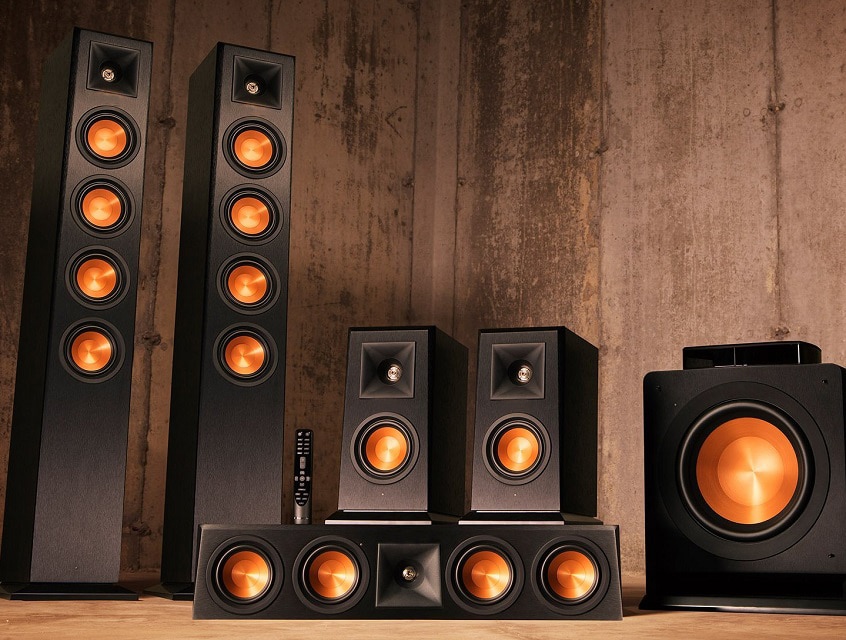Speakers are an important part of the right electronic setup for watching movies and playing music. Many use multi-way systems, especially three-way speakers.
A three-way speaker can be superior, as long as it integrates specific speakers and quality filtering. However, compared to a three-way speaker designed economically, a two-way model is a better choice.
As you must have heard or as you may have thought, three-way speakers are considered superior and should be able to reproduce the sound better, thanks to an extra driver. What you should be aware of, however, is that the extra driver doesn’t always mean better sound quality and fidelity.
In this 2-way vs 3-way speakers comparison, you’ll find out when each of them can be the better choice.
Two-way speakers are the most common type of speaker. Two-way means two transducers. With a two-way speaker, a woofer/mid-range speaker and a tweeter are used.
These are a dome tweeter and a cone woofer, whereby the woofer must also be able to handle the middle frequency components.
So if the dome starts from 2 kHz, for example, the woofer plays up to a certain crossover frequency, which is specified by the crossover.
This loudspeaker design is used primarily for inexpensive bookshelf speakers, but also for smaller floorstanding speakers. It’s ideal if you need a more balanced sound. One of the best brands of two-way bookshelf speakers is Edifier. And one of its most high-performing models is the Edifier P12 Passive Bookshelf Speaker Set. These two-way speakers have built-in brackets which allow you to mount them on the wall.
Due to the design, two-way speakers are closer to the ideal for the so-called point source of sound. This simply means that the sound comes from a single point and can be evenly distributed throughout a room. So the sound gets better.
Three-way speakers lose out by specializing in three drivers in this area. Also, the sound of the two-way speakers appears more harmonious and coherent due to the division into only two frequency ranges.
So overall, two-way speakers might be a better choice in this aspect.
While the advantage is that significantly higher levels are possible without distortion effects because two sound converters divide the frequency spectrum.
However, falsifications occur due to the crossover network, for example in the form of two overlapping frequency ranges.
Due to the lower number of drivers used, two-way speakers are considered less superior.
Low tones cannot be reproduced appropriately due to the amalgamation of mid and low tones on a driver.
A three-way speaker usually has three transducers. This enables an even better transmission of all frequencies.
In practice, a woofer, a midrange, and a tweeter are used. As with the two-way system, the frequency bands, as well as the cut-off and transfer frequencies, are assigned via the crossover.
The woofer only takes care of the low frequencies, the mid-range driver takes care of the mid-range and the tweeter takes care of the high frequencies.
For example, a woofer cone provides the frequency spectrum from 50 to 200 Hz, while the cone mid-range driver takes over from 200 Hz to 2 kHz, and then the dome is used up to 20 kHz.
It is also possible, however, that a three-way loudspeaker in the middle branch uses two mid-range speakers, for example. If the transducers are framed around the tweeter, one speaks of a D’Appolito arrangement; that is, the mid-woofer-tweeter-mid-woofer.
Also, a mid-range dome speaker can be used instead of a conical mid-range speaker. However, the woofer then plays up to a significantly higher crossover frequency, for example from 30 to 500 Hz.
A three-way system is recommended for the highest sound demands. It’s preferable in a home theater system or larger spaces.
At the level of acoustic fidelity, it will always be better to opt for a three-way since a midrange speaker is added, but its installation involves other inconveniences.
The advantage over two-way systems is the more precise transmission of all frequency components. Also, a three-way speaker can generate even more sound pressure without causing distortion.
Finding the right speakers is often more difficult than you think. In general, however, three-way speakers are considered the best option. The difference between three-way and two-way speakers lies in the number of drivers used.
Three-way speakers each have one for high, mid, and low tones. With two-way speakers, the entire frequency range is transmitted through a tweeter and a mid-bass driver. The latter must be able to reproduce mids and basses.
The advantages of a three-way system over a 2-way system are more related to the versatility of placement than to its better reproducibility.
The advantage of a three-way is that it has key frequencies (such as voice) without phase (distance) problems. If we put a two-way by putting the mid-bass in the door and the tweeter in their usual position, we would notice that separating them produces an effect of “unnaturalness”. This is related to the lag that occurs when the sound comes (and therefore arrives) out of time (by milliseconds) to our ear.
Many customers, therefore, think that a three-way speaker, each with a driver for one frequency range, is the better option. But the number of drivers is much less important than the interaction of the driver and the box. The advantage here is clearly with the two-way speakers.
A poorly designed three-way system will destroy the key frequencies through cancellations and drops the output level of that particular frequency. As good as the design of a passive crossover is, we will always notice holes near the cutoff frequency. A good speaker (and really good crossover) will have what it takes to counteract this effect as much as possible. But if we keep it as simple as possible, a three-way will require more work and more processing (by its passive crossover) than the two-way speaker.
Also, three-way speakers, because of the additional driver, are much more expensive. However, that doesn’t mean you cannot find a good quality three-way speaker.
One of the best selling cheap three-way speakers on the market is without a doubt the Dual Electronics LU43PB. Selling for just under $50, excluding the shipping fees, this three-way system is loved by tens of thousands of users for its high performance and powerful bass. It’s ideal both as an indoor and outdoor speaker and has an expansive stereo sound coverage.
Here, distinguishing their effectiveness by purpose, we will see the difference between 2 way and 3-way speakers.
The interior of a vehicle is not the ideal space to listen to music. One of the main problems is the lack of capacity of the interior of a car to accommodate low frequencies. But there are many others, such as unwanted resonances or loss of dynamics. To resolve these and other shortcomings, installers often opt for two- or three-way speakers to play with phases and time alignment to get the best scenario result.
However, the two-way speaker is the most ideal for a car in terms of overall sound fidelity and audio quality. In a car, two-way speakers provide better clarity than three-way speakers. Two-way car speakers are easy to install Trusted Source How to Install Car Speakers (with Pictures) - wikiHow The stock speaker systems that come in many new cars are, to put it simply, are often lousy. Luckily, not only are after-market speakers a relatively cost-effective way to boost your car’s audio capabilities, but also are generally easy to… www.wikihow.com , easy to calibrate, have higher sound quality, and are generally cheaper.
While a two-way speaker may be sufficient for a 15 sqm bedroom or a car, the three-way system is probably the better choice for the living room or specifically as a home theater system.
The crossover is a device that performs the task of coordinating the operation of loudspeakers of different types (subwoofer, woofer, midrange, tweeter, etc.). It ensures that they can combine their electroacoustic response to obtain an acoustic diffusion system, the desired characteristics in terms of the frequency range, linearity of response, distortion, and so on.
A three-way system is recommended for the highest sound demands. However, you are often in a very sensitive price range and the size and room acoustics often play an important role.
If you prefer to rely on bookshelf speakers, a two- to two-and-a-half-way system is easily sufficient. A high-quality broadband loudspeaker is great because above all it sounds better at room volume.
On the other hand, if the room size is not too big, the two-way system is the better choice here as well.
Also, it should not be forgotten that the perception of sound should be assessed very subjectively. So at the end of the day, everyone has to decide for themselves whether they even need a three-way system.
So, we end this two-way vs three-way speakers comparison by concluding that a broadband loudspeaker may be sufficient for a 160 sq. ft bedroom or a car, while the three-way system is probably the better choice for the living room or specifically as a home theater system.





